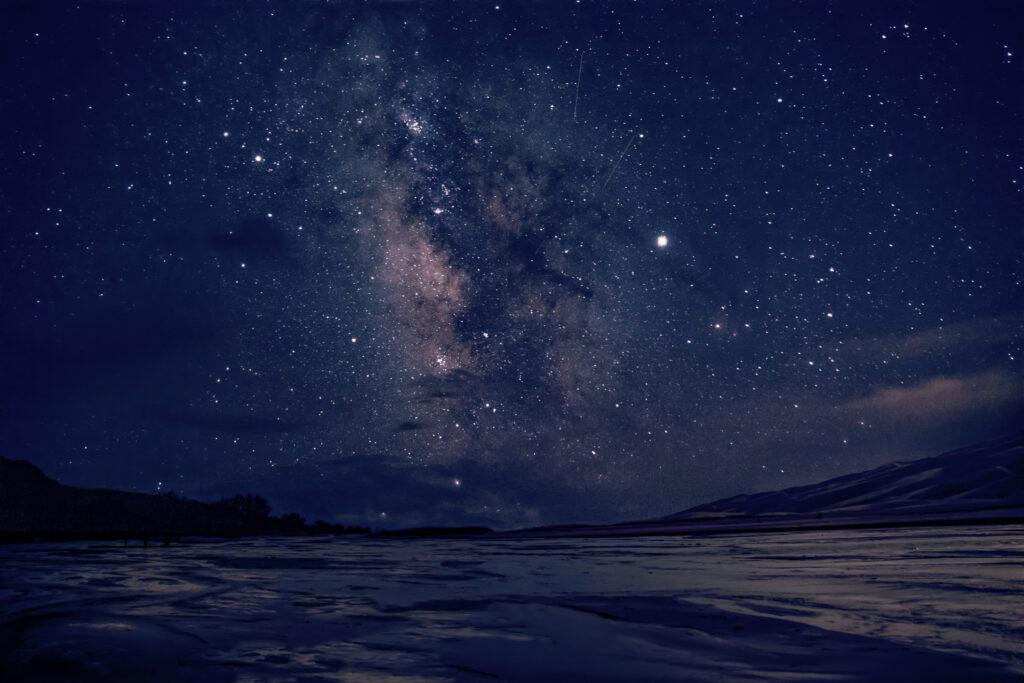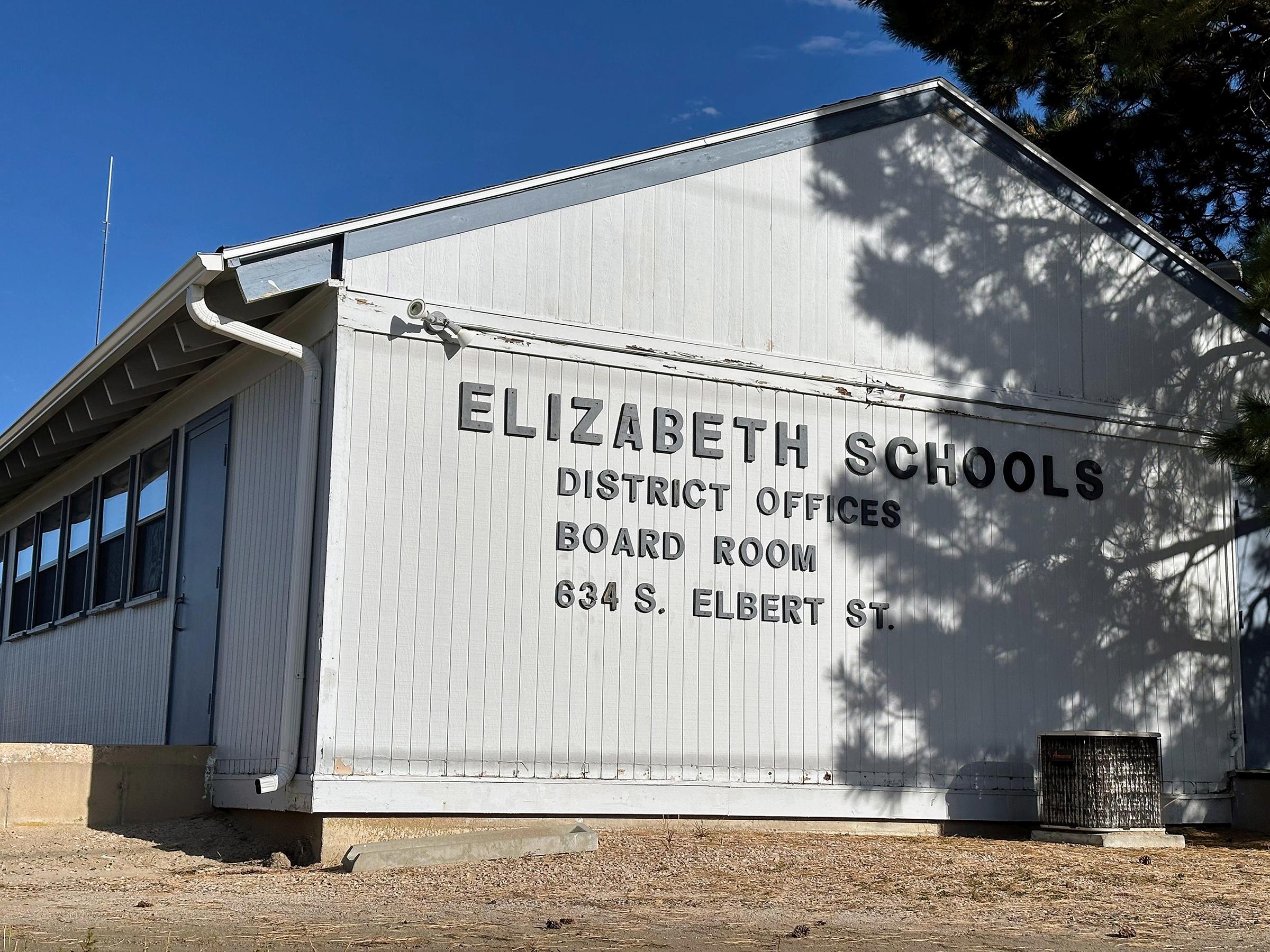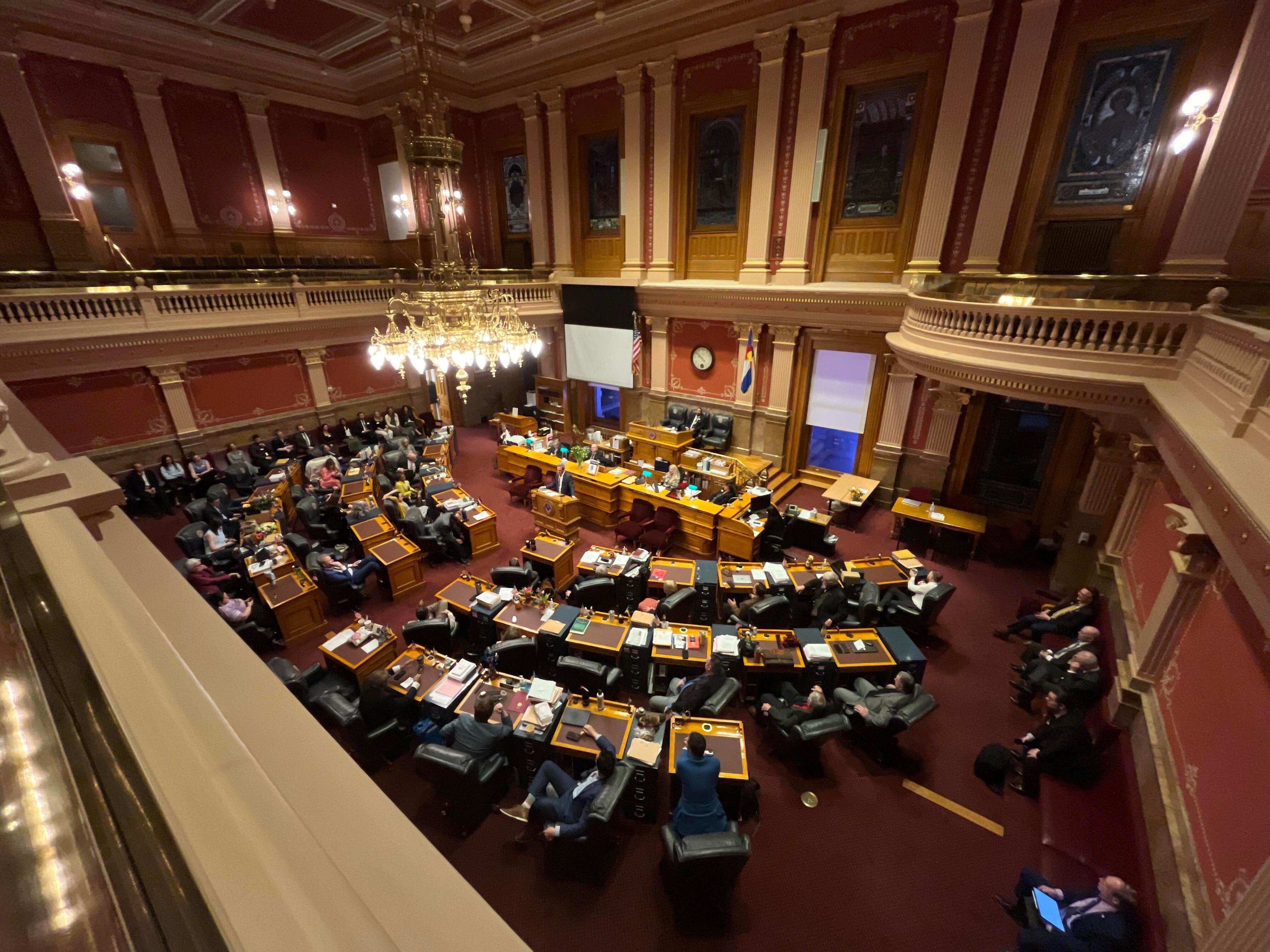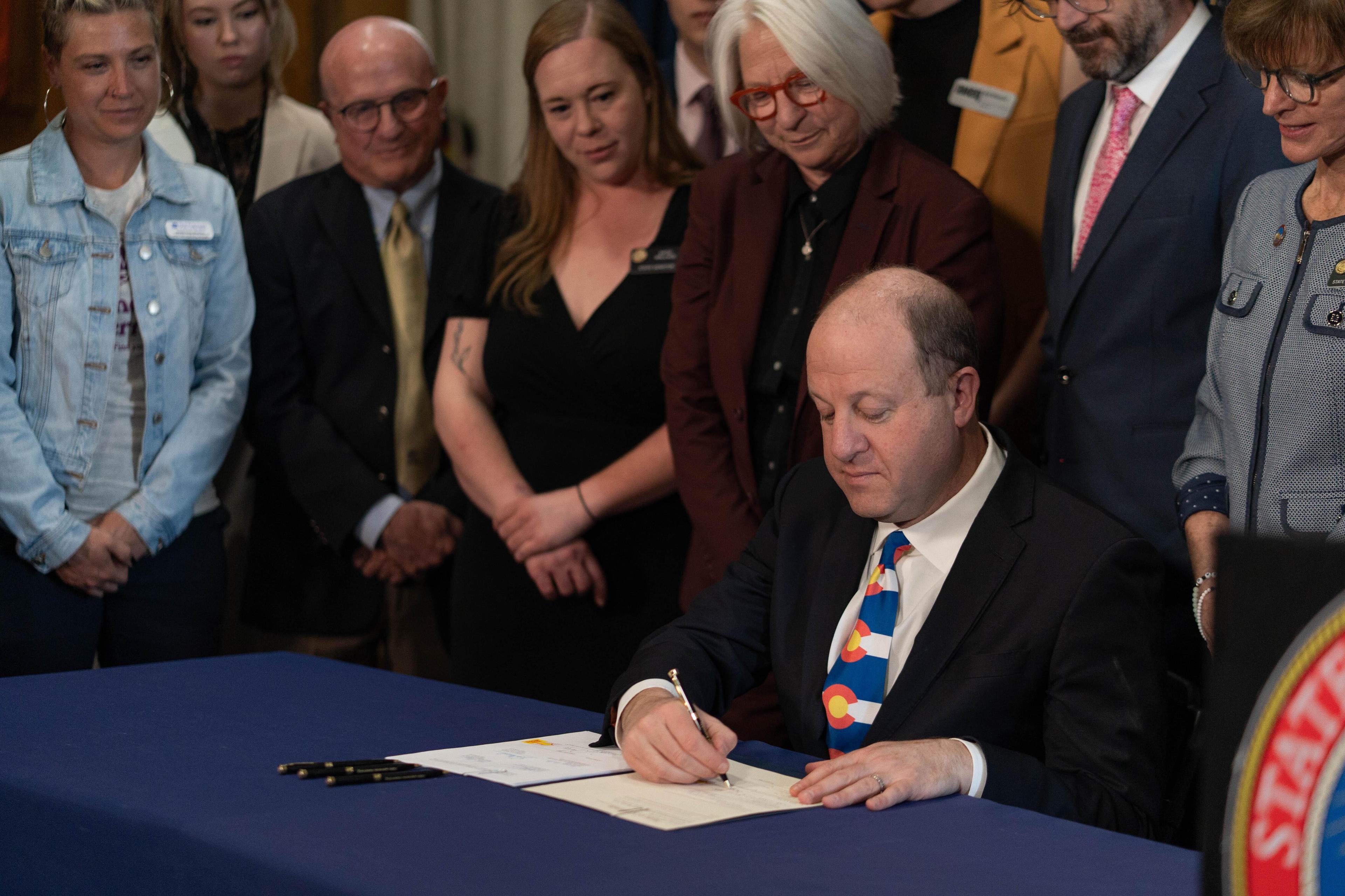
A coalition of South Central Colorado communities, federal agencies and organizations is working to tamp down light pollution and create what could become the world’s largest International Dark Sky Reserve covering some 4,200 square miles. They want to keep the sky dark, so the stars will stay bright and unobscured by artificial light.
The proposed Sangre de Cristo International Dark Sky Reserve would straddle the 14,000-foot mountains it’s named for and stretch from Salida south to the New Mexico border and from Alamosa east to LaVeta.
Danielle Robben of San Luis Valley Great Outdoors is coordinating the effort to get 80 percent of the targeted area to adopt Dark Sky compliant lighting.
“The lighting management plan doesn't actually require cities and counties to change out all their lighting or to turn their lighting off,” she said. ”The main purpose is to mitigate light pollution. So making sure that light is pointed downwards instead of emanating into the sky.”
Robben said the plan calls for lights to be shielded and controlled so that they’re only illuminating where and when needed. It’s part of the process to obtain certification from the International Dark Sky Association.
Southern Colorado is already home to a number of International Dark Sky locations, including the Great Sand Dunes National Park and Preserve, the towns of Silver Cliff and Westcliffe, and Crestone, all of which are likely to be part of the Reserve.
Federal lands, including the national park and the Rio Grande and San Isabel National Forests, lie at what is considered the core of the potential reserve which meets the criteria for sky quality and natural darkness of the IDA, according to Robben. “The core has exceptionally dark skies and is the most critical area to protect,” she said.
Creating a buffer zone in the area between the core and the boundary of the reserve, is also part of the plan, Robben said. “This is where we are working with municipalities and county governments to adopt responsible lighting policies that adhere to the IDA's minimum requirements.” The buffer zone will help keep the reserve’s core dark.
Some local governments and individuals in other areas have been against adopting lighting plans in the past, citing concerns about safety and property rights. So Robben said they are planning outreach to address concerns. She also noted that no one will be required to remove existing lighting.
“These things happen in their own time,” she said. “I think it really starts at the community level. You need support from community members that are able to say this is something that we really want to see our community pursue and we want to preserve our dark skies for future generations.”
The San Luis Valley and the Wet Mountain Valley are on opposite sides of the Sangre de Cristo Mountains. The towns of Silver Cliff and Westcliffe in the Wet Mountain Valley were Colorado’s first designated Dark Sky communities.
Charley Ellison is part of the Dark Skies of the Wet Mountain Valley group. He brands his rental business as Dark Skies vacations. “People think it's just super extraordinary,” Ellison said of many of his clients. “I get so much positive feedback from people who just never really thought about it before.”
In the San Luis Valley on the other side of the Sangres, the valley is broader and flatter.
For SLVGO executive director Mick Daniel, "It really feels like you're standing on the edge of the universe."
“I don't even know how to describe it to people until they get to stand here and experience the Milky Way," he said. "It's just really phenomenal and we've got to protect it.”
The coalition is aiming to submit an application to the International Dark Sky Association by the end of the year.
In other Dark Sky news, on Friday, May 27, the governor is expected to sign a bill providing $35,000 to establish a Colorado tourism program supporting Dark Sky designation and promotion.
Editor's Note: This story was updated for clarity. The phrase "personal property rights" was changed to "property rights."
More dark sky coverage
- Florissant Fossil Beds National Monument Is Southern Colorado’s Latest Dark Sky Park
- Dinosaur National Monument Is More Than Cool Fossils, It’s Now A Dark Sky Park Too
- Looking For Colorado’s Darkest Skies? New Atlas Has Stargazers Covered
- Black Canyon of the Gunnison Recognized for Dark Skies
- Meet Colorado’s first ‘International Dark Sky’ community








